What Do Fleas Look Like
This post may contain affiliate links so I earn a commission.
What do fleas look like?
That's a common question many people ask after they find itching bumps on their skin or see a small acrobatic brown dot jump off their pet.
There are few things that can cause as much misery as biting insects.
They have a bad reputation and deservedly so.
Mosquitoes, fleas and ticks are among the most dangerous insects to our health.
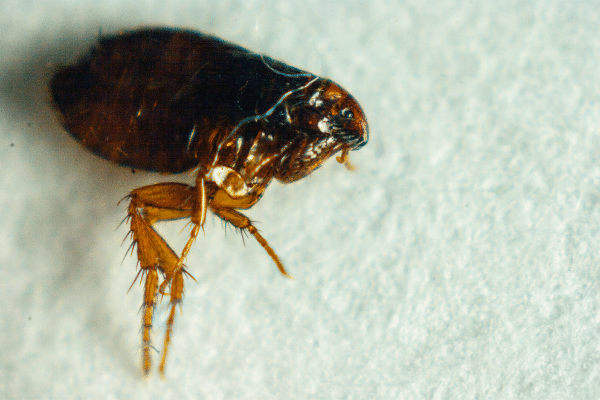
Fleas have been heavily implicated in the rapid spread of the bubonic plague or “black death” of European middle ages and numerous other disease outbreaks throughout human history.
While mosquitoes and ticks are easy to identify and are well known in their ranges, fleas are less well known.
Fleas are tiny, flat bodied insects that look like a speck with long legs.
Unless you have an up close inspection, fleas look like a reddish brown dot that disappears as quickly as it appears.
While they are often listed as being around 3mm long, they can be and typically are smaller.
What Do Fleas Look Like - Infestation
The first sign that most people will see of a flea infestation in their home is welt like bites that are of unknown origin on themselves.
Usually these bites will be noticed after sleeping, since most fleas do not live on humans like they can with dogs and cats.
If you see fleas other than when searching for them on your pets, you already have a major infestation.
So while it is interesting to know what they look like, it is more important to know how to spot the signs of them before they become a major problem.
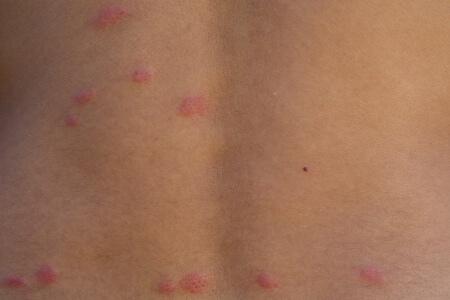
Catching fleas is also difficult.
Their flat bodies resist crushing.
Their legs and even mouth parts are equipped with hook like spikes that help them hold onto and move through hair.
If you are unlucky enough to see them jumping around then you are already infested.
Remember, to anything but very up close inspection, fleas look like a reddish brown dot.
Since they are so small they can easily disappear into your carpets, bedding, and even the cracks around your baseboards, so it is important to be finely detailed in your effort to get rid of them.
What Do Fleas Look Like - Control
It is easy to assume that the best method to control insects is to spray poisons in your home.
While this is one method, it is not fool proof and it can have major ramifications with its potential to cause illness in humans if not handled correctly.
No one wants to accidentally cause major health problems in themselves or their loved ones when they are trying to protect them from other disease vectors.
Flea infestations can be caused by many different things.
Some environments are more prone to explosions in flea populations than others.
Even something as simple as weather patterns can change the balance of insect populations resulting in localized infestations.
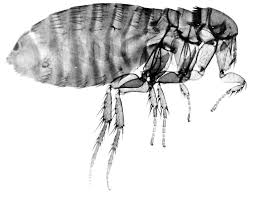
There are always things you can do to help improve your chances of avoiding this unpleasantness.
While there will always be companies trying to sell you the next great poison, powder, diatomaceous earth mixture, and essential oils sprays, these things will always be of somewhat limited effect if you do not rely on one basic principle.
You have to get them where they live and make it uncomfortable for them.
You have to disrupt their life cycle to prevent them from continuing to reproduce.
So while this article is about “What Do Fleas Look Like?” what we can see and understand more easily is, "What Flea Habitat Looks Like."
How To Get Rid Of Fleas
What flea habitat looks like after you have an infestation is simple.
It looks much the same as it did before you had one.
Dirty or clean houses can get fleas, but one thing fleas cannot survive in is a house that is being cleaned all the time.
Fleas also need dampness, at humidity levels below 50%, any of the pre-adult stages of fleas cannot survive.
This is the reason fleas need a host or moist areas to survive and mature.
Without it, all but the mature adults will die.
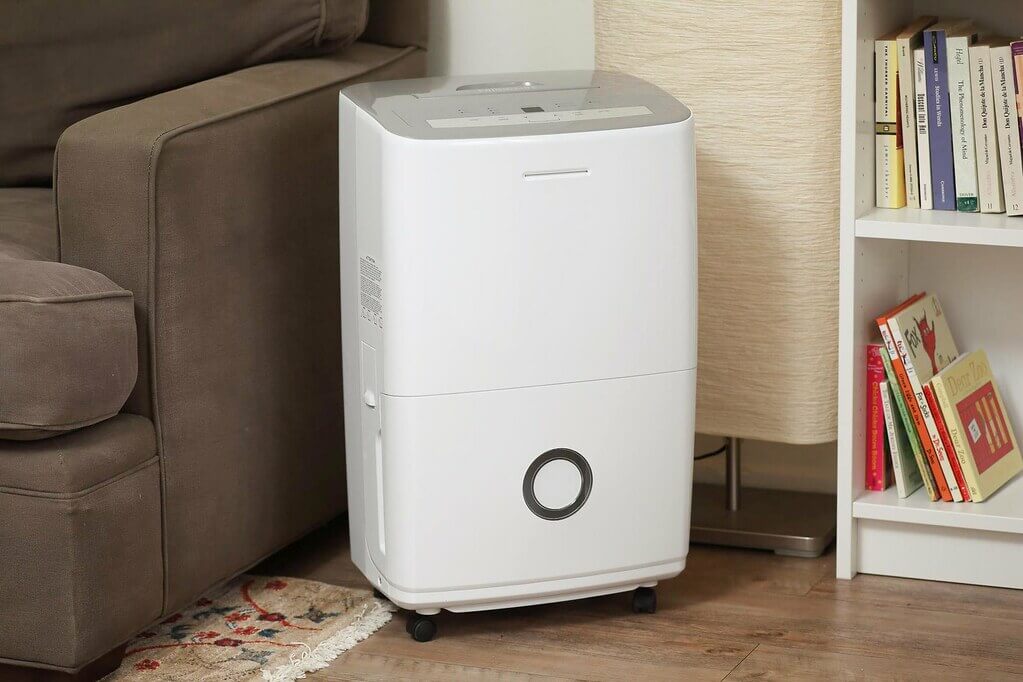
Basement areas are prone to being the source of infestations during the summer and humid months.
Keeping things dry and clean will ensure that no infestation is possible even if your local environmental conditions encouraging it.
The best tools to start with after you have discovered you have a flea problem, or to prevent it, is your vacuum cleaner, and a dehumidifier.
Vacuuming multiple times a day will quickly reduce the adult population in case of infestation, and if you have any pets they should be cleaned and groomed regularly especially during warm and humid weather.
There are many natural and safe pet shampoos on the market that can help keep your pets clean and less prone to picking up fleas.
A dehumidifier in problem areas will keep humidity needed for flea development in check.
All of this allows you to disrupt their colonies and life cycle while reducing the current population.
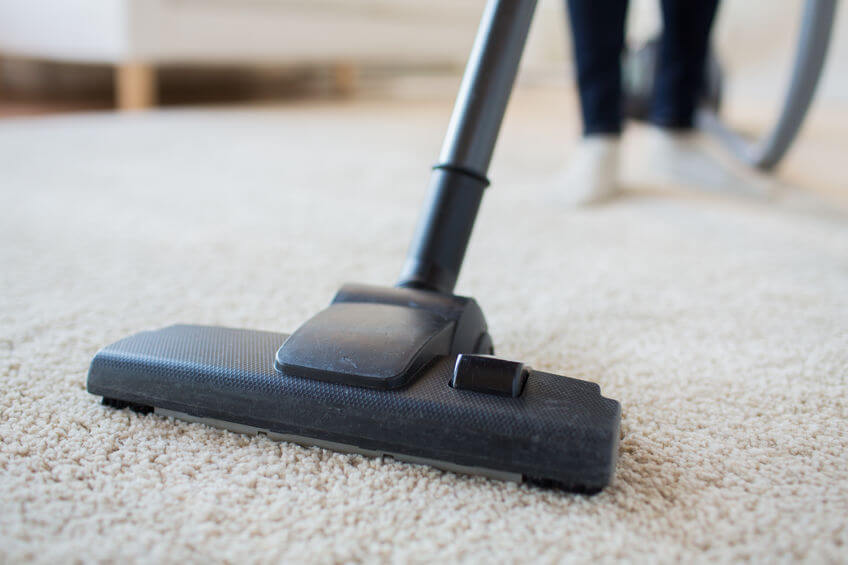
Fleas are most vulnerable during their larva stage when they are most susceptible to being picked up by cleaning, or dried out before they mature.
If you are able to reduce habitat and disrupt flea population life cycles, it is easy to get an infestation under control quickly and without the use of toxic products that could harm your family's health.
What Do Fleas Look Like - Overall
Follow these simple tips and you will understand how flea infestations happen, and how to protect your family from them.
Then you will not find yourself asking or searching, what do fleas look like?



